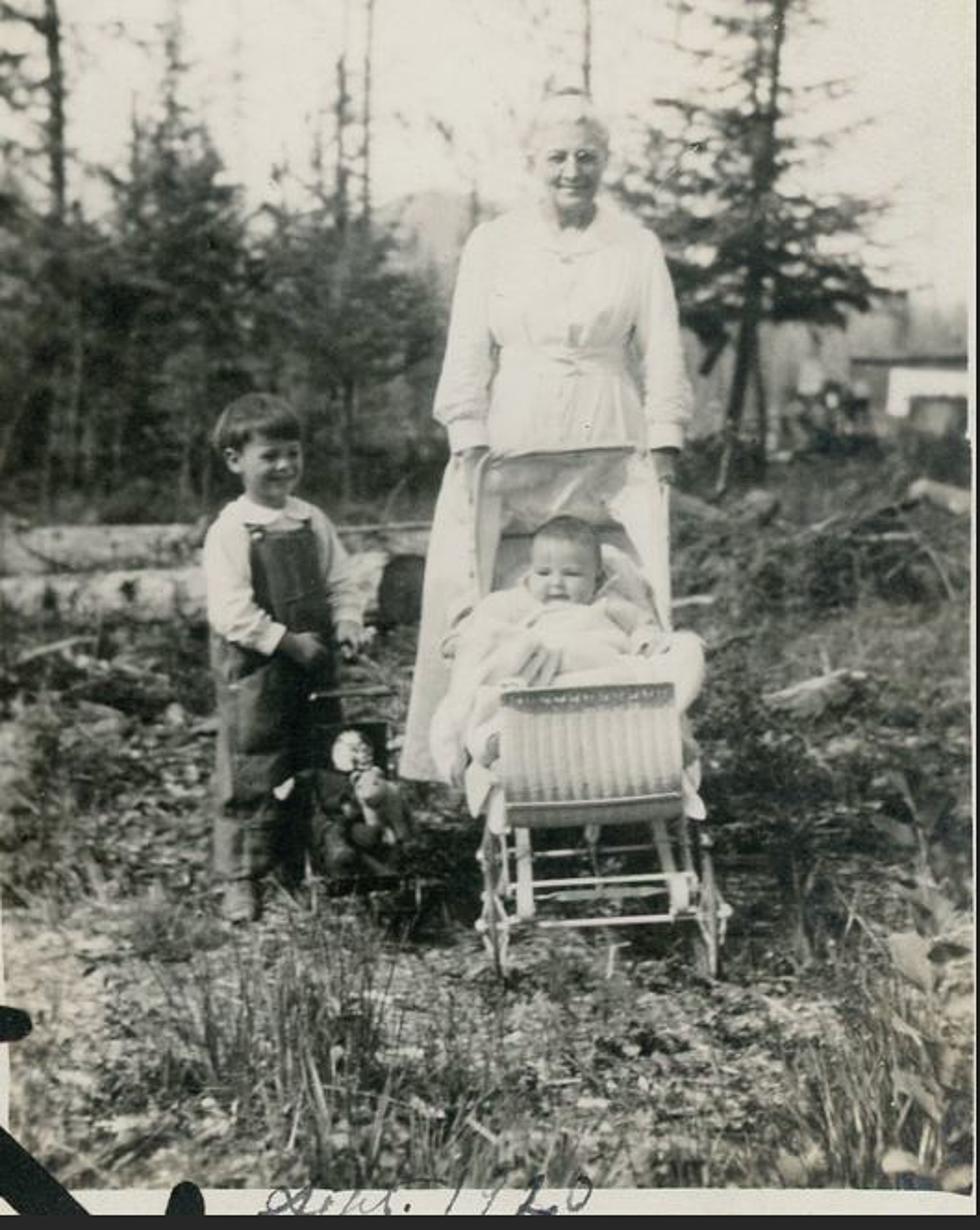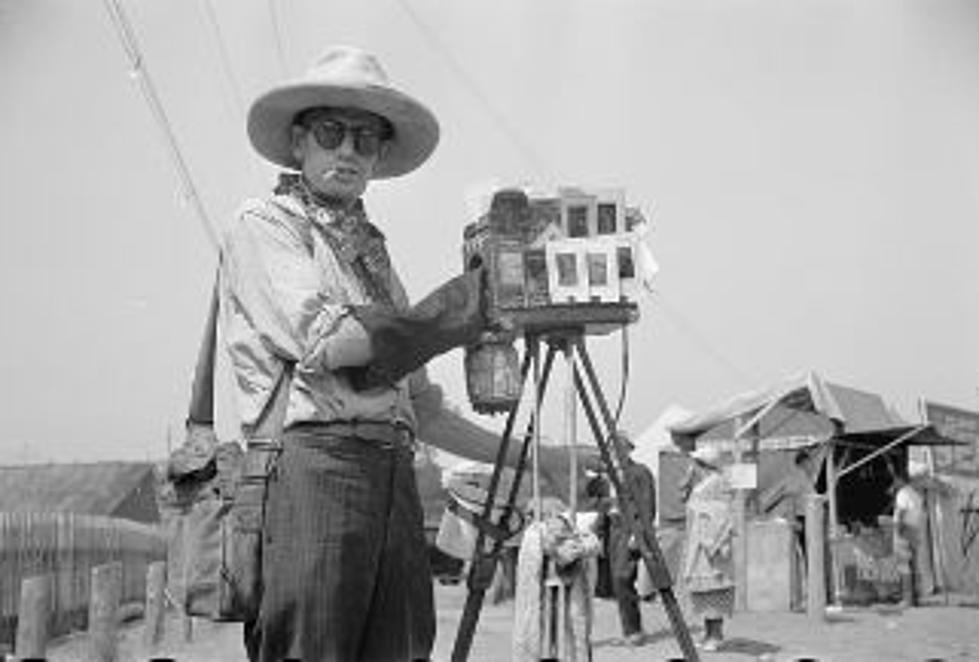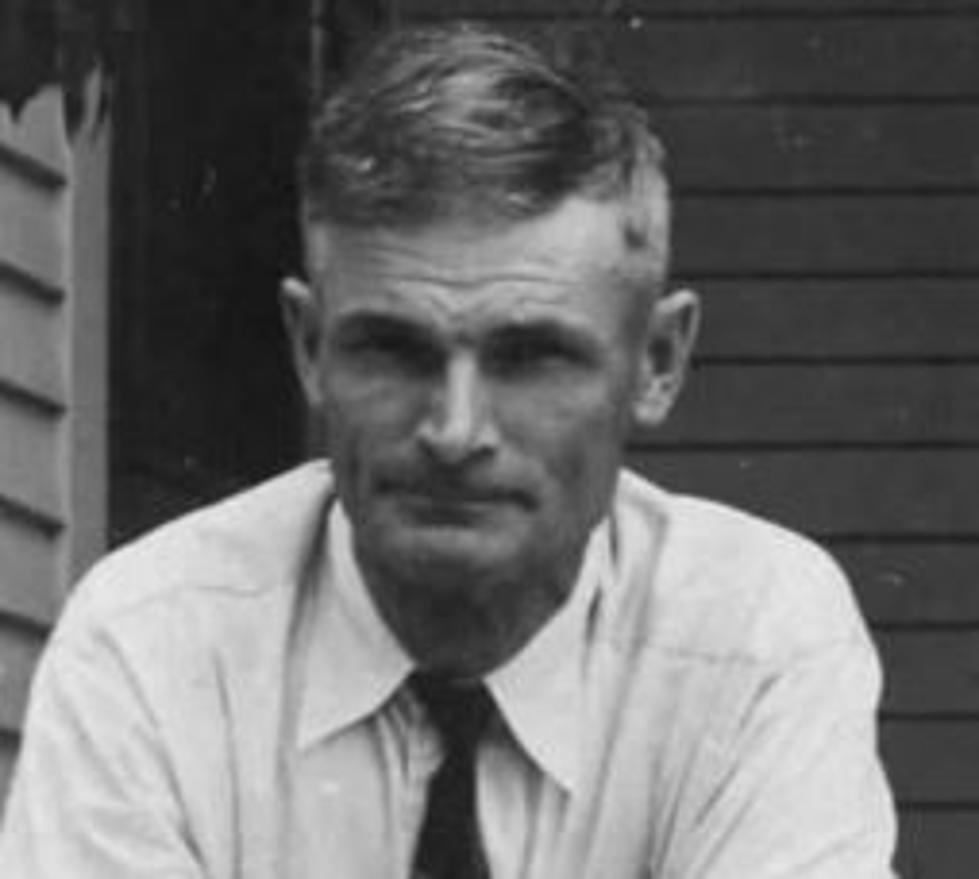
Harmon’s Histories: William Jennings Bryan brought presidential politics to Missoula
“The weather was perfect for an outdoor meeting,” wrote an Anaconda Standard newspaper reporter. “The platform next to the court house was elaborately decorated with flags, and electric lights were hung among the trees, making the scene an attractive one. The demonstration tonight was a splendid one and was one of the grandest in Missoula's political history.”









